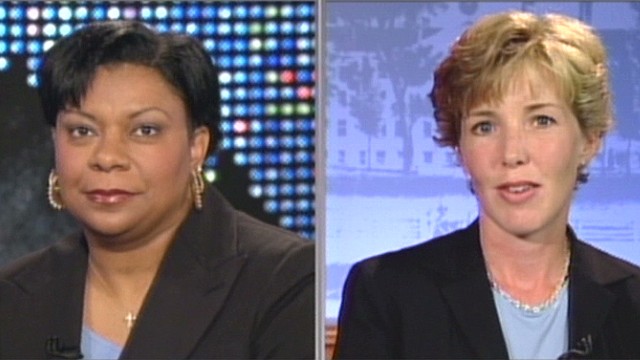

“What it doesn’t tell is what time it is anymore. “The function of the watch is supposed to be to tell time,” Todd Beamer’s father, David Beamer, said last week from his home in Jacksonville Beach, Fla. Bodenstein said - one rendered more powerful because it records concretely the instant when all time seemed to stop. When we contemplate an object like Todd Beamer’s Rolex, she added, “Because it is immediate, because it is sensory, we are allowed to enter directly into a personal, intimate relationship with a historical figure.”Īnd in the case of a figure like Todd Beamer, a person hijacked by history, a surviving relic functions, “as a passport into a moment in time,” Ms. “It’s an anthropological constant that we relate to our memories through things,” said Felicity Bodenstein, an associate lecturer at the University of Paris, Sorbonne, and who has written extensively on secular relics. Like so many relics at the museum, Todd Beamer’s Rolex also bids to arrest that process, evoking something intimate by providing both a record of a death and equally a window into a life. “Time as a concept, as in timepieces, is a consistent thread” in any historical rendering of the events of that fateful day, said Jan Seidler Ramirez, chief curator and director of collections at the museum.

There are crucial timeline reconstructions of the day’s events. Of the 800 or so recovered artifacts on view at the National September 11 Memorial Museum, many relate to the telling of time.

That was the date in September 2001 when four terrorists hijacked United Airlines Flight 93 and crashed it into a reclaimed strip mine near Shanksville, Pa., killing Mr. Frozen in a small indicator window of Todd Beamer’s Rolex is the number 11. Smashed now, charred and fragmented, missing its crystal, the sweep-second hand and what would appear to be the minute hand and also half the bracelet, the watch still tells time, in a sense, but only one time. It is a Rolex, one of millions of wristwatches produced over the decades by this notable producer of high-end timepieces, and when originally sold it cost roughly $7,700. It is a chronometer, which is to say a precision watch that enables its wearer to measure elapsed time, not in the way a stopwatch might, but with great accuracy. The instrument itself is a two-tone Oyster Perpetual Datejust, with a 41-millimeter case, an unusual grooved dial of 18-karat gold, a gold-and-silver Jubilee bracelet and a signature flip-lock clasp.


 0 kommentar(er)
0 kommentar(er)
